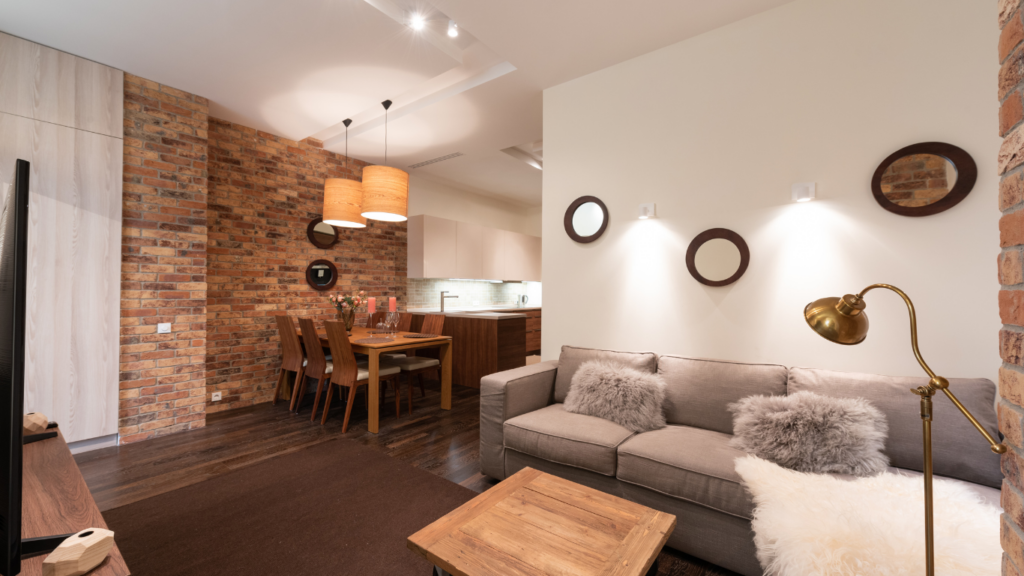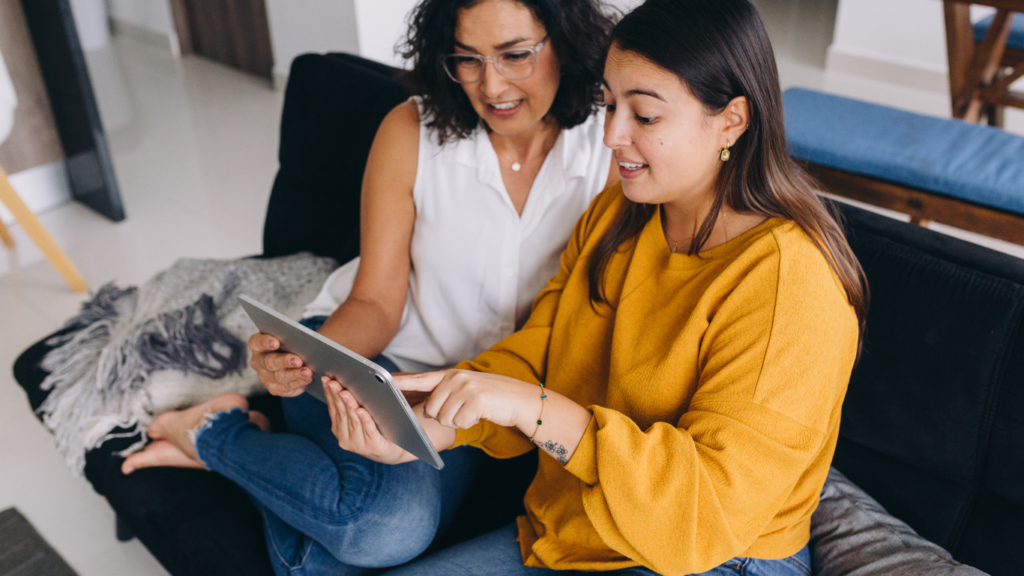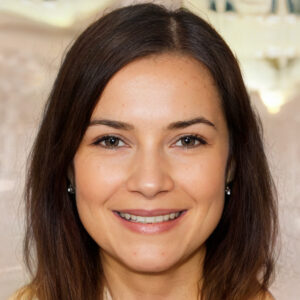Overview of Smart Tech for Villas
Smart tech for villas includes diverse systems designed for remote management and monitoring. These systems provide real-time control and insights, offering ease and efficiency.
Security Systems
Security systems ensure villas stay protected even when owners are not present. Remote surveillance cameras, for example, allow real-time viewing of the property. Door and window sensors send alerts if there are unauthorized entries. Smart locks let owners grant or revoke access remotely, adding an extra layer of security.
Climate Control
Climate control systems in smart villas allow adjustment of interior temperatures from anywhere. Smart thermostats learn user preferences and optimize energy use. Humidity sensors monitor indoor air quality, ensuring a comfortable environment. Automated blinds and shades help control sunlight and temperature.
Lighting Management

Smart lighting systems offer convenience and energy efficiency. Motion sensors detect movement, turning lights on and off as needed. Scheduling options let owners program lights to follow routines, creating an occupied appearance even when the villa is vacant. Dimming features adjust light intensity, enhancing ambiance and saving energy.
Appliance Control
Appliance control systems simplify managing home devices.
- Smart plugs and outlets let owners switch appliances on or off remotely.
- Many appliances, like refrigerators and ovens, now come with integrated smart features.
- These systems can monitor functionality and send maintenance alerts, preventing potential issues.
Water Management
Water management systems guard against leaks and wastage. Leak detectors send instant alerts if there’s a problem. Smart irrigation systems ensure landscape watering is efficient, adjusting schedules based on weather conditions. These features save water and prevent unnecessary damage to the property.
Entertainment Systems
Entertainment systems in smart villas offer personalized leisure experiences. Smart TVs and speakers, for instance, can be controlled via smartphone apps. Multi-room audio systems allow music to play throughout the villa, controlled from a central location. These systems support various streaming services, enhancing entertainment options.
Integrating these smart systems not only simplifies villa management but also enhances the overall living experience.
Benefits of Remote Monitoring
Smart tech enables easier villa management by providing real-time updates and control from anywhere.
Enhanced Security
Remote monitoring strengthens villa security by allowing real-time surveillance and immediate response. Smart cameras, motion sensors, and locks can be managed via smartphone apps. Notifications alert me of unusual activity, helping prevent potential intrusions. For instance, smart locks permit temporary access codes for guests, reducing the risk of security breaches.
Energy Efficiency
Smart tech optimizes energy consumption for villas.
Remote control of HVAC systems, lighting, and appliances ensures they operate only when needed. This reduces electricity bills and lowers the villa’s carbon footprint. For example, I can set the thermostat to adjust temperatures based on occupancy patterns, significantly cutting down energy wastage.
Essential Smart Devices for Villas
Smart devices enhance the management of villas, making remote control and monitoring efficient and reliable. Below are key smart devices that transform villa management.
Smart Security Cameras
Smart security cameras provide real-time video monitoring to protect villas. These devices offer features like motion detection, night vision, and two-way audio. For instance, the Arlo Pro cameras enable remote viewing via a smartphone app, ensuring villa security from anywhere. Integration with smart home platforms like Amazon Alexa or Google Assistant streamlines the monitoring process.
Smart Thermostats
Smart thermostats optimize climate control for comfort and energy efficiency. They adjust temperature settings based on occupancy and weather patterns. The Nest Learning Thermostat, for example, learns user preferences and schedules to save energy. These devices can be managed remotely, allowing precise temperature control even when you’re not at the villa. They often provide energy usage reports to help track and reduce consumption.
Smart Lighting Systems
Smart lighting systems allow remote control of all lights in the villa. They enable programming of lighting schedules and scenes to enhance ambiance and security. Philips Hue, for instance, offers versatile control through an app, voice commands, or sensors. These systems contribute to energy savings by allowing lights to be turned off when not needed and creating customized lighting setups for different activities or times of day.
Setting Up Remote Management
Remote management of your villa can be seamless when using smart tech.
Choosing the Right Platform
Select a robust platform that integrates multiple smart devices.
- Platforms like SmartThings and Apple HomeKit provide reliable control and compatibility with various devices.
- Ensure the platform supports the essential functions for security, climate, and lighting systems.
- Verify the platform’s remote access capabilities and user interface for ease of use.
- Check customer reviews and expert opinions for informed decisions.
- Opt for platforms that offer strong customer support and regular updates.
Installation Tips
Proper installation ensures optimal performance of smart devices. First, follow manufacturer guidelines for each device. Hire professional installers if instructions are complex. Test device connections to ensure interoperability within your chosen platform. Verify network strength near installed devices to avoid connection issues. Secure your network with strong passwords to protect against unauthorized access. Use apps provided by device manufacturers for setup and configuration, avoiding third-party apps where possible.
Real-Life Examples
Smart technology’s impact on managing villas remotely becomes clear when looking at real-life examples. Here are some detailed cases highlighting the success and challenges of using these advanced systems.
Case Study: Remote Management Success
Consider a villa owner in Malibu who integrated smart tech to manage her property while overseas. She installed smart security cameras, smart thermostats, and automated lighting systems connected to the Apple HomeKit platform. Using the Home app, she monitored live security footage, adjusted the climate, and controlled lighting schedules from her smartphone.
The villa’s security improved drastically. Previously, the villa was vulnerable to break-ins, but with real-time alerts and live feeds from smart cameras, local authorities could respond swiftly to any threats. Energy efficiency also increased. The smart thermostat optimized energy usage based on the villa’s occupancy, reducing electricity bills by 25%. Automated lighting saved additional costs by ensuring lights were off in empty rooms.
Common Challenges and Solutions
Implementing smart tech in villas isn’t without challenges. For example, network connectivity issues often hinder device performance. A weak Wi-Fi signal can disrupt the connection between devices and the control app. To address this, install high-quality routers and range extenders to ensure robust network coverage.
Device compatibility is another common issue. Not all smart tech products seamlessly integrate with platforms like SmartThings or Apple HomeKit. Before purchase, check compatibility details on manufacturer websites to avoid integration problems later.
Security concerns also arise. Remote management platforms can be targets for cyberattacks. Use strong, unique passwords and enable two-factor authentication (2FA) for added security. Additionally, regularly update firmware to protect against vulnerabilities.
Real-life uses of smart tech in remote villa management show significant improvements in security, energy efficiency, and convenience. Yet, addressing connection, compatibility, and security challenges ensures these systems operate effectively.

 Herlindalla Hubbard has been a key contributor to Villa Estates Luxe, focusing on the integration of smart home technology within luxury villas. Her innovative ideas and expertise in modern technological trends have enriched the platform’s content, highlighting how these advancements can enhance luxury living and provide added convenience for homeowners. Herlindalla has also played a significant role in creating informative articles and resources that educate users about the benefits of smart technology in property management.
Herlindalla Hubbard has been a key contributor to Villa Estates Luxe, focusing on the integration of smart home technology within luxury villas. Her innovative ideas and expertise in modern technological trends have enriched the platform’s content, highlighting how these advancements can enhance luxury living and provide added convenience for homeowners. Herlindalla has also played a significant role in creating informative articles and resources that educate users about the benefits of smart technology in property management.